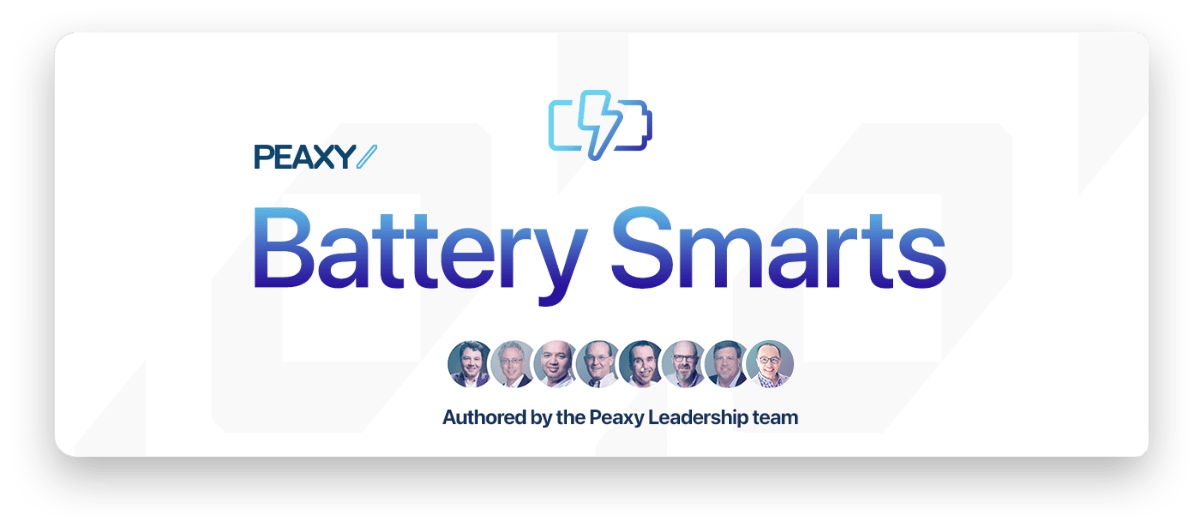Free-form unstructured data, which represents over 80 percent of all new data created today, is the new frontier for business insights. Much of it can be considered dark data because it is collected, processed, and stored but not analyzed or used. For background, see our previous post, What is Unstructured Data?
What kinds of opportunities does unstructured data offer?
In the Harvard Business Review, Thomas Davenport of Babson College defined three areas of opportunity: decision improvements, cost reductions and improvements in products and services.
How can I improve decision-making with unstructured data?
According to Datamation, “by reading large, disparate sets of unstructured data, one can identify connections from unrelated data sources and find patterns, [which] enables the discovery of trends. Traditional methods only work with what is already quantifiable, while looking through unstructured data can cause revelations.”
For example, an airplane manufacturer might mine unstructured data to institute predictive maintenance for jet engine parts. The manufacturer can refer to three sources of input: 1. the original design drawings, specifications, and predictions used to estimate the lifespan of the part; 2. simulation data to determine how both normal and unexpected factors can affect its lifespan; and 3. telemetry data to determine its current condition based on real-time measurement. By correlating data across unstructured data sources, the manufacturer could avert a potential failure by discovering the need to replace the part sooner than planned.
How might I reduce costs using unstructured data?
Better insights lead to better decisions about how to allocate resources, manage risks, reduce costs, and avert costly problems. Suppose your company just introduced a new coffee maker. To monitor customer sentiment, you’d search for clues and patterns among the torrent of text streams and online chatter — emails, surveys, social media, online reviews, support logs, trade publications, newsfeeds — all of which is unstructured data. Early intelligence could help your organization prioritize and respond to feedback more quickly. You could better target your advertising upon learning that customers are most excited about the iced coffee feature. You could reduce product returns and increase sales by addressing customer frustrations right away — fixing a manufacturing problem, streamlining the packaging design or posting an instructional video on your web site.
What kinds of improvements in products and services can unstructured data provide?
Unstructured data can yield valuable knowledge about your customers, products, and services. According to Jaikumar Vijayan in CIO, “combining existing data about customers from transactional systems with data gathered about them from other sources can help an organization get closer to a 360-degree view of its customers.”
For example, Twitter streams and other social media networks can measure customer sentiment far more broadly than surveys or focus groups. You could address a potential service or quality issue before it becomes a full-fledged problem, or focus your advertising on the most popular features of your product.
How do I reap the rewards from all this data we’ve collected?
You can’t rely solely on legacy systems. Instead, start by incorporating unstructured data management to your overall information strategy.
Consider the unstructured data your organization already collects. If you could wave a magic wand and create some way to make this information rapidly accessible, readily searchable, and easily correlated, what kinds of new insights might it reveal about your customers, operations and direction? How might you improve decision making within your organization? Cut costs? Enhance products and services?
Pursuing inquiries such as these will enable you to discover many opportunities for harvesting value from the unstructured data you already own. Shine a flashlight into the recesses of your dark data. You may be amazed at what you can find.
Where can I learn more about unstructured data?
We recommend these resources for a deeper dive into unstructured data:
- Big Data: The future of information and business, a report by Harvard Business Review Analytic Services
- Solving the unstructured data challenge by Jaikumar Vijayan in CIO
Who is Peaxy? Why are you telling me this?
Peaxy helps enterprises keep up with the challenge of storing, retrieving, managing and curating exponentially growing unstructured data assets. The Peaxy AureumTM data access platform aggregates, organizes and manages massive amounts of unstructured data without disrupting business operations.
The Peaxy Executive Summary Series is designed to explain quickly and simply what business leaders need to know about using big data and data access systems.
